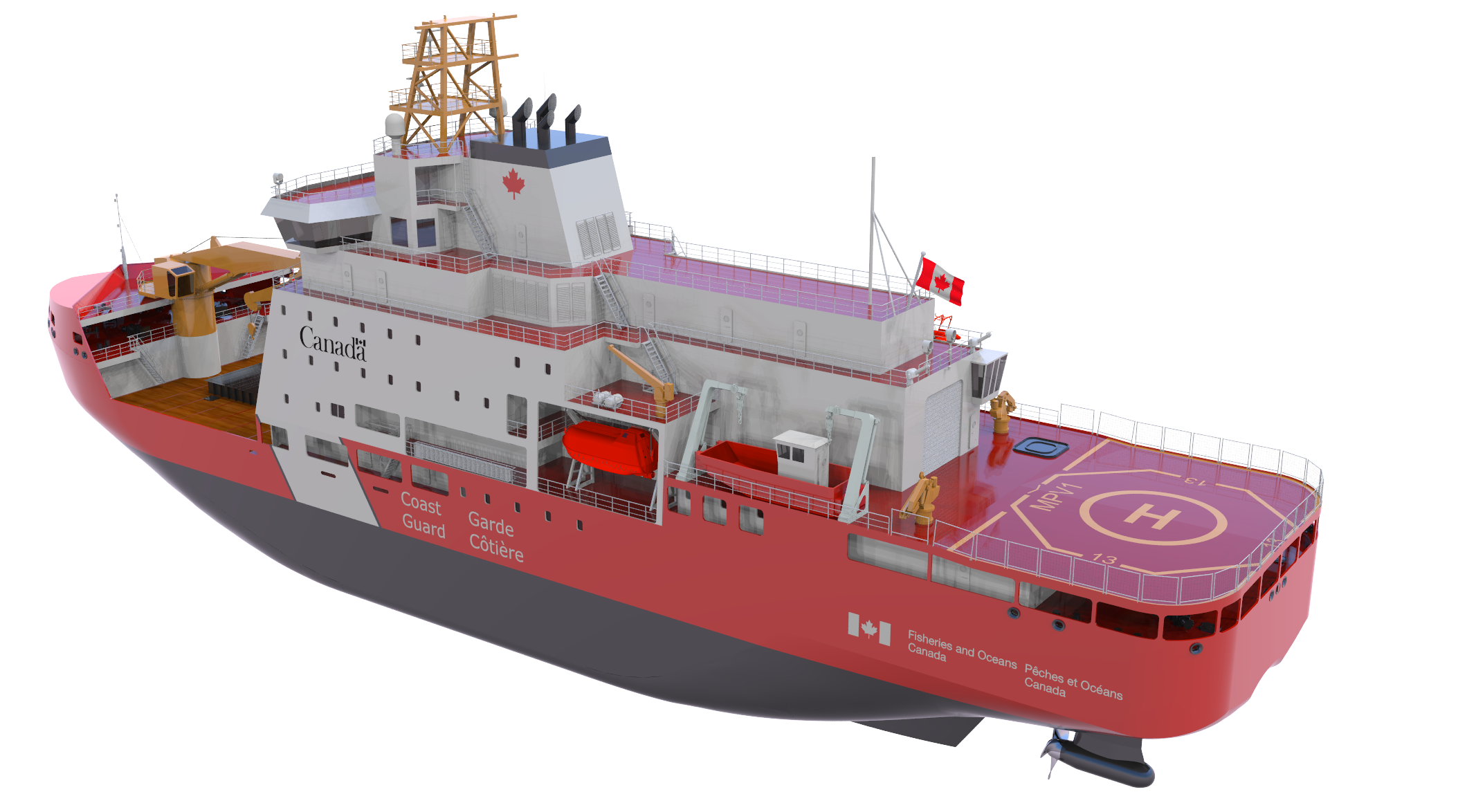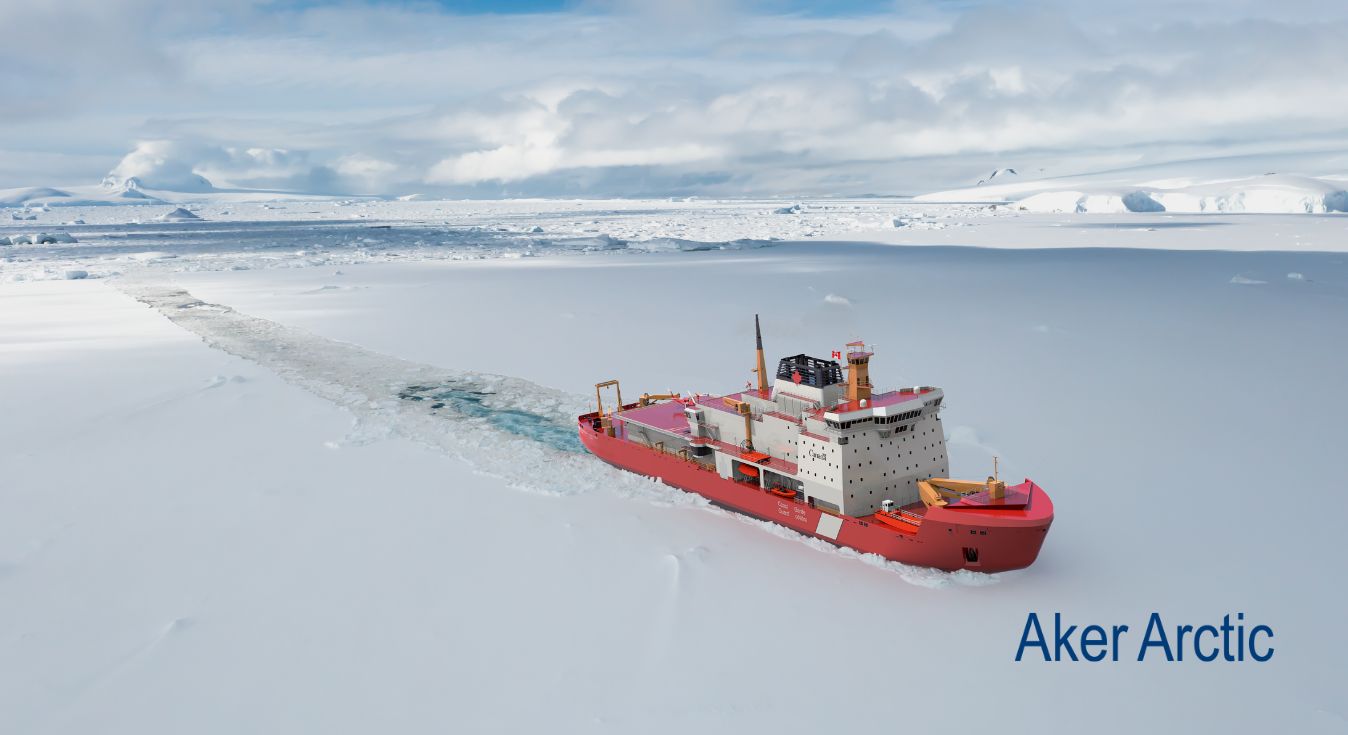- Reaction score
- 9,236
- Points
- 1,160
Perhaps that was the issue. I do know that the video taken that was in the media was before they took measures to mitigate the water and this has been an ongoing issue since HDW came out. I also know they tried some metal covers that helped a bit. I was told now that they have inflatable bags that they jam down the hawse pipe to reduce the water ingress and larger drains to get the water out. It appears a more permanent solution is forthcoming during their first major refit. The trick now is to keep up on PM and corrosion in that area. We have MB leaving early next week on her transfer to the WC and I reached out to see how much the mitigations are going to help.
That hawsehole on the HDW doesn't seem to me to be further forwards as the HDW bow seems to be "clipped" when compared to the Svalbard. She is more bluff than the Svalbard. I'm guessing that has to do with her conventional ice-breaker form and the decision to go with a conventional shaft arrangement.
Svalbard, by contrast, was built with Azipods as a Double Acting Ship.
Svalbard is a Double Acting Ship (DAS) type of ice-breaking vessel designed to operate in open waters and thin ice. It retains better open water manoeuvrability than traditional ice-breaking ships.
KV Svalbard (W 303) Icebreaker / Offshore Patrol Vessel (OPV) - Homelandsecurity Technology
The Svalbard's bow was raked and she had a bluff stern. She was designed to present her bow to the waves and her stern to the ice.
When the ice got too thick for a bow presentation she could turn around and make progress going astern.
Here are some old clips of a Double Acting Tanker backing through ice.








